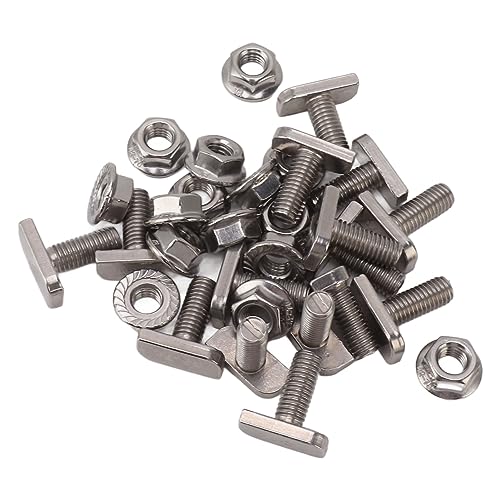Been doing an EICR and found that there are 2 smoke detectors interlinked by---
a T&E with the earth used as the interlink. What code do you think?
Incidently, this was a a rewire that was done in 2008 (Under 16th edition) and I have a copy of the EIC. However the bonding conductors to gas and water are verified on the EIC but can I hell find the water connection even though everything looks ok at the board. Customer who rents out the property has no idea.
What would you put on the EICR?
a T&E with the earth used as the interlink. What code do you think?
Incidently, this was a a rewire that was done in 2008 (Under 16th edition) and I have a copy of the EIC. However the bonding conductors to gas and water are verified on the EIC but can I hell find the water connection even though everything looks ok at the board. Customer who rents out the property has no idea.
What would you put on the EICR?































































